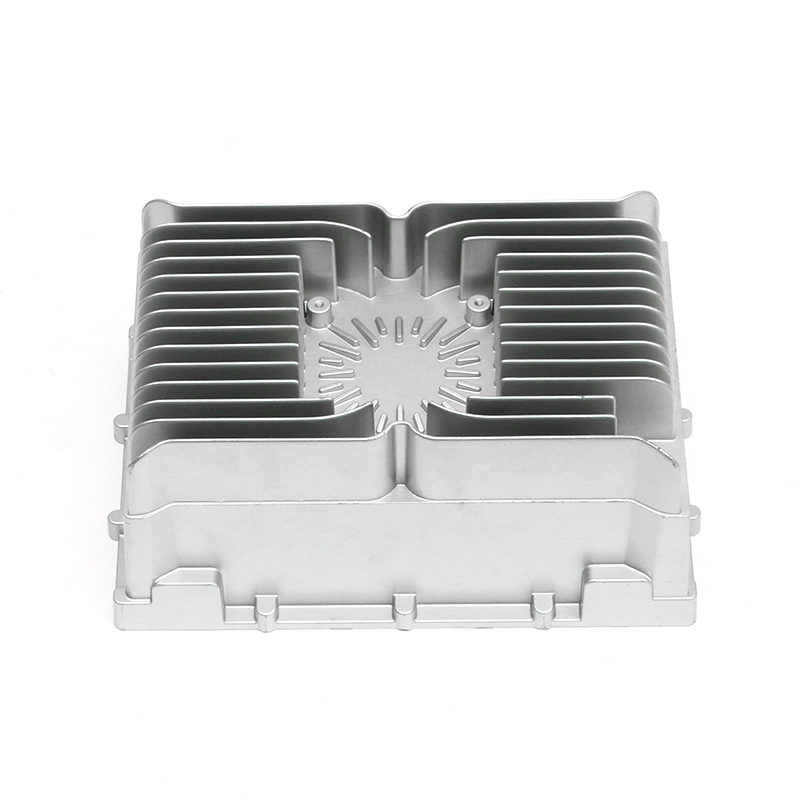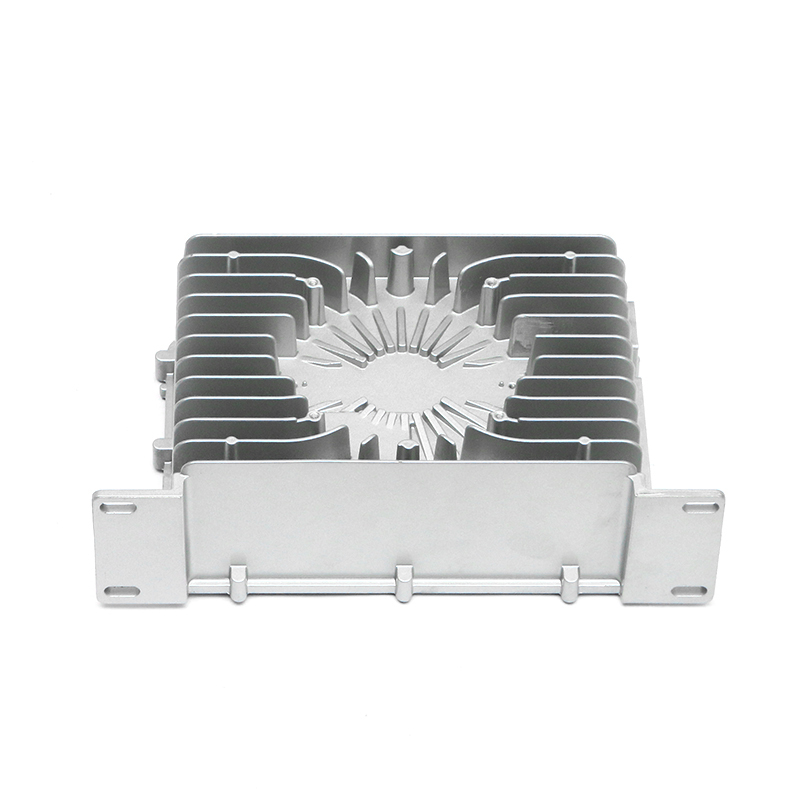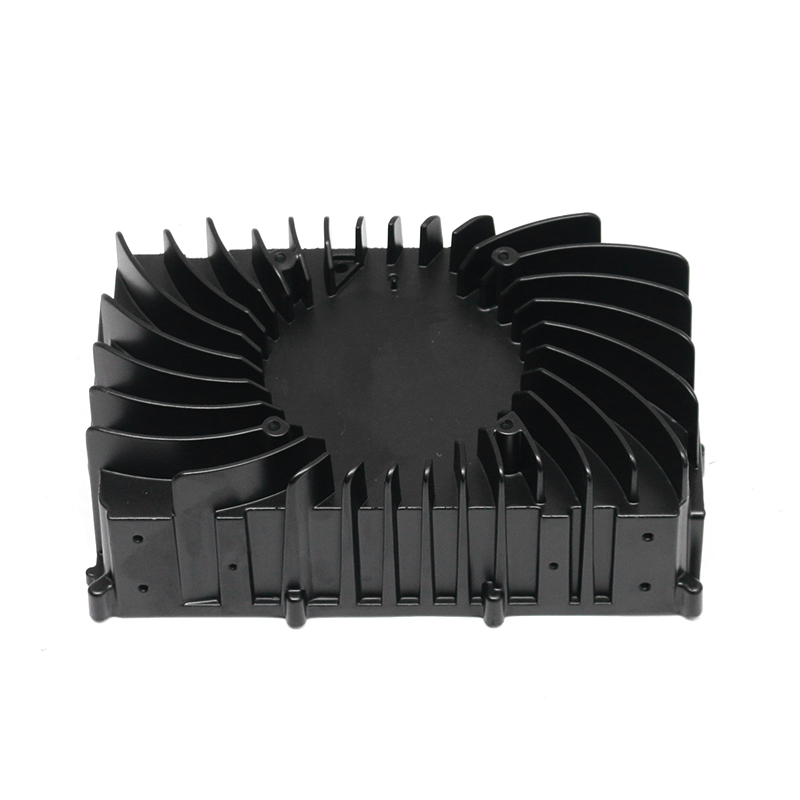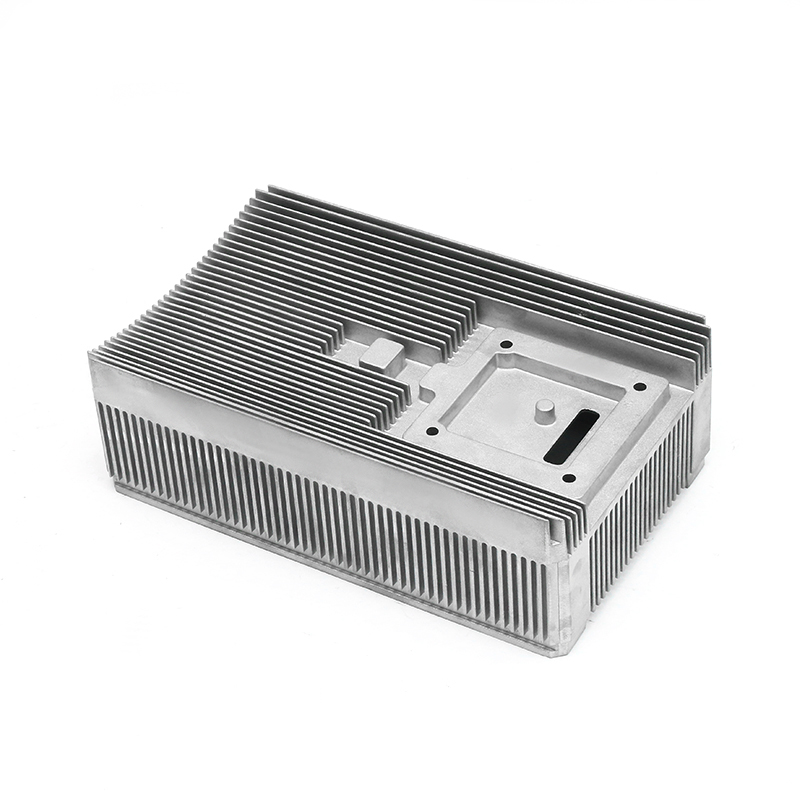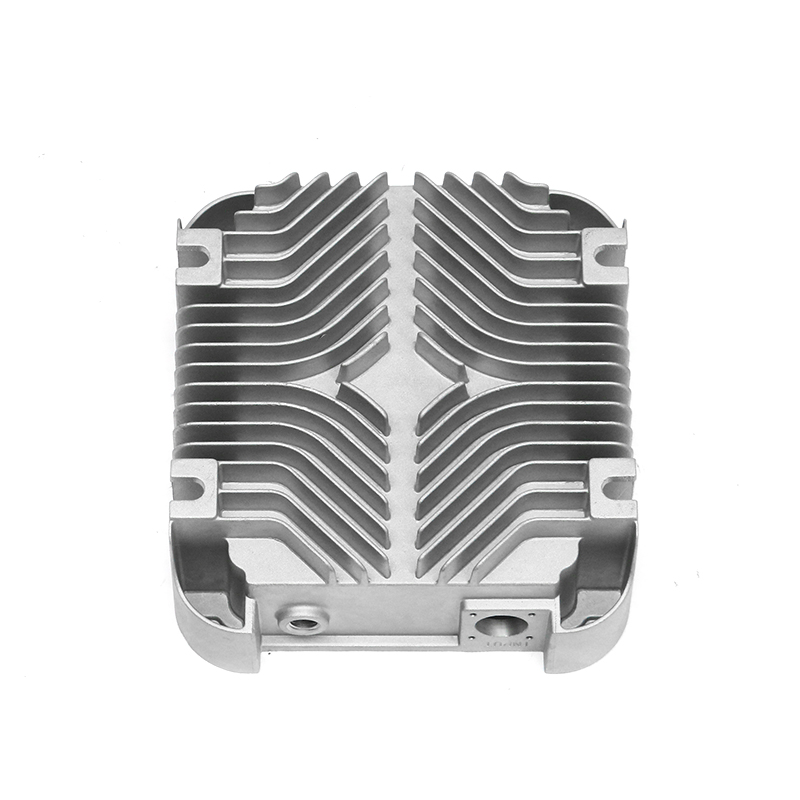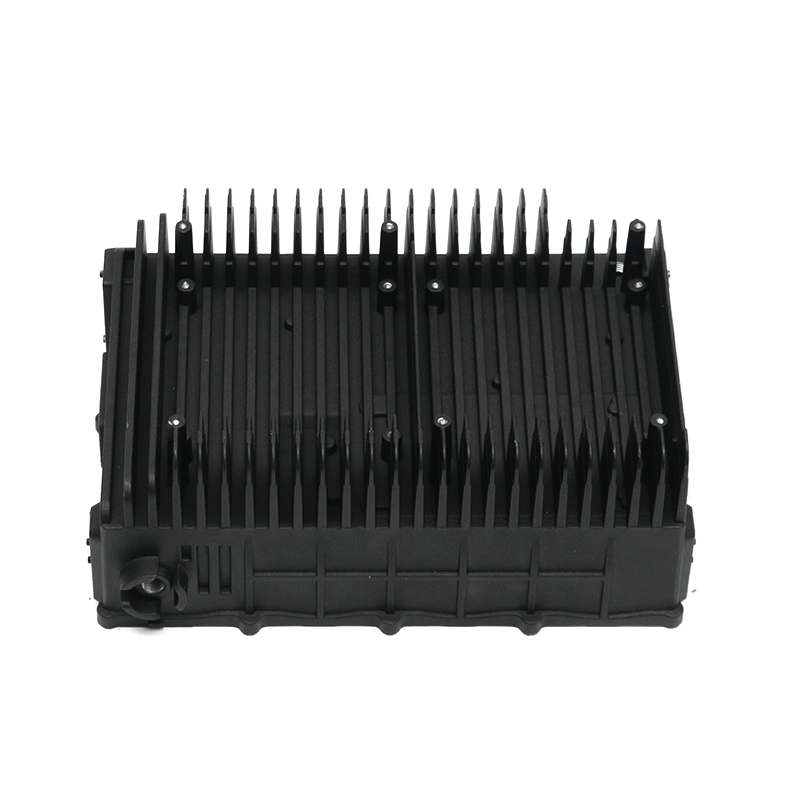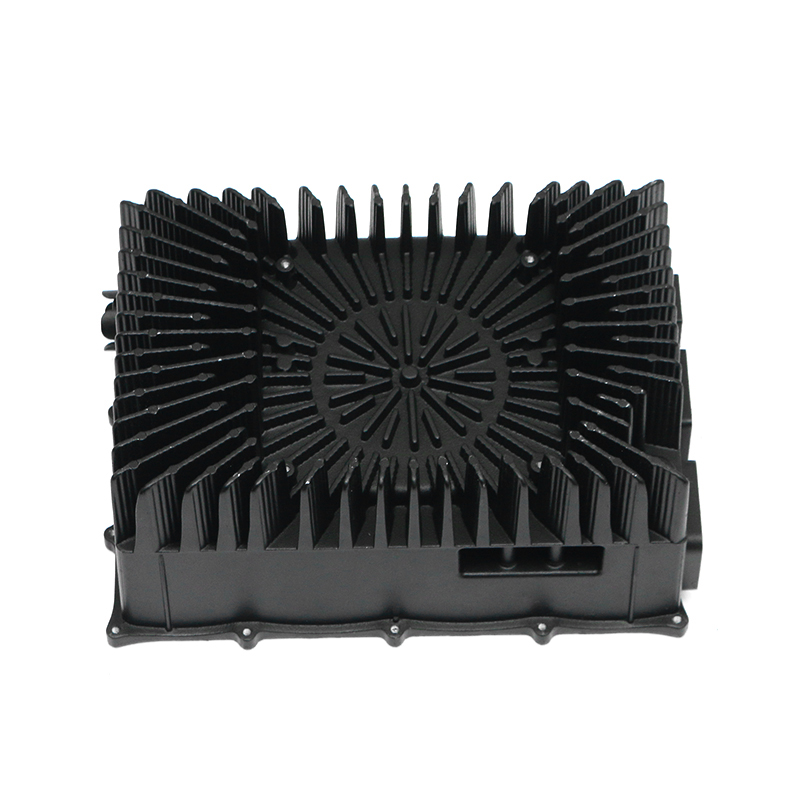Material Selection for Precision Trimming Mold Die Casting
Precision trimming mold die casting relies on high-quality metals and alloys to provide the necessary strength and wear resistance for repeated use. Common materials include tool steels and high-strength alloy steels, chosen for their ability to withstand high pressure, thermal cycles, and mechanical stress. The base material determines the overall durability of the mold die, while subsequent surface treatments can further enhance wear resistance and corrosion protection. Material selection is the foundation upon which surface coating technologies are applied to improve the service life of precision trimming mold die casting components.
Purpose of Surface Coating
Surface coatings are applied to precision trimming mold die casting to extend durability and maintain dimensional accuracy under high-pressure and high-temperature conditions. Coatings reduce friction between the mold surface and molten metal, minimizing wear and the risk of scratches or galling. They also provide protection against oxidation, corrosion, and chemical attack from die casting alloys. By forming a thin, uniform layer over the substrate, coatings help maintain the smoothness and integrity of the mold, ensuring consistent product quality while reducing the frequency of maintenance or replacement.
Types of Surface Coatings
Various surface coatings are used in precision trimming mold die casting depending on the specific application and material of the die. Common options include physical vapor deposition (PVD), chemical vapor deposition (CVD), nitriding, and specialized hard chrome or nickel plating. PVD and CVD coatings provide hard, wear-resistant surfaces with excellent adhesion to the base material. Nitriding introduces nitrogen into the surface layer to improve hardness and fatigue resistance. Hard chrome or nickel plating adds corrosion and abrasion resistance, reducing surface degradation during repetitive die casting operations.
Application Process and Techniques
The application of surface coatings in precision trimming mold die casting involves careful preparation and controlled processes. The mold surface is first cleaned, polished, and sometimes pre-treated to remove contaminants and improve coating adhesion. Coating is then applied using techniques such as vacuum deposition, electroplating, or thermal treatment. Uniform thickness and consistency are critical to avoid distortion or dimensional changes that could affect the precision of the die. Post-treatment processes like polishing or stress relief may follow to achieve the desired surface characteristics and mechanical properties.
Impact on Durability and Wear Resistance
Surface coatings significantly improve the durability of precision trimming mold die casting by reducing wear and surface degradation. Hard coatings minimize abrasion from repeated contact with molten metal and trimmed components. Corrosion-resistant coatings prevent chemical attack that can weaken the substrate over time. By lowering friction, coatings also reduce heat generation and mechanical stress on the die, extending service life and maintaining consistent product quality. The combination of base material strength and surface treatment ensures that the mold can withstand prolonged use without frequent repairs or replacements.
Maintenance and Inspection Considerations
Even with surface coatings, precision trimming mold die casting requires regular maintenance and inspection to ensure optimal performance. Coatings can experience micro-cracks, chipping, or wear over time, particularly in areas of high stress or repetitive contact. Routine inspections involve visual assessment, thickness measurements, and functional testing of the mold die. Cleaning and minor repairs can preserve coating effectiveness, while major damage may require recoating or replacement. Proper maintenance ensures that the benefits of surface coatings are sustained throughout the die’s operational lifespan.
Comparative Table of Surface Coatings
| Coating Type | Main Purpose | Impact on Durability |
|---|---|---|
| PVD (Physical Vapor Deposition) | Hard, wear-resistant surface | Reduces abrasion, maintains dimensional precision |
| CVD (Chemical Vapor Deposition) | Wear and chemical resistance | Enhances surface hardness, protects against oxidation |
| Nitriding | Surface hardening | Improves fatigue and wear resistance |
| Hard Chrome Plating | Corrosion and wear protection | Reduces surface degradation and friction |
| Nickel Plating | Corrosion and abrasion resistance | Prolongs operational life of mold die |
Environmental and Operational Benefits
Surface coatings in precision trimming mold die casting not only improve durability but also contribute to operational efficiency and environmental management. Reduced wear lowers the frequency of mold replacement, decreasing material consumption and waste. Coatings that reduce friction improve energy efficiency by minimizing heat generation and mechanical load on machinery. Corrosion-resistant coatings also prevent metal contamination in cast products, ensuring better quality and reducing the need for additional finishing or rework. These benefits collectively enhance the sustainability and cost-effectiveness of die casting operations.
Integration with Mold Design
Surface coatings are integrated into the overall design of precision trimming mold die casting to complement structural and functional requirements. The coating thickness, hardness, and adhesion are considered during the design phase to maintain tight tolerances and avoid interference with part dimensions. Coating strategies may vary across different areas of the mold, applying thicker or harder layers to high-stress regions while using thinner layers in less critical areas. Proper integration ensures that the coated mold die functions as intended without compromising precision or operational efficiency.
Impact on Product Quality
By improving wear resistance and surface smoothness, coatings directly influence the quality of parts produced by precision trimming mold die casting. A well-coated mold maintains consistent surface finishes, accurate dimensions, and reduced defects in the final product. Reduced friction and heat during trimming and ejection processes prevent surface scratches, warping, or deformation of the cast components. Maintaining coating integrity is therefore critical not only for mold durability but also for achieving consistent and reliable product performance in high-volume die casting operations.
Long-Term Cost Considerations
While surface coating adds an upfront cost to precision trimming mold die casting, it can reduce long-term operational expenses. The extended lifespan of the mold reduces replacement frequency, and lower maintenance requirements decrease downtime and labor costs. Improved product quality minimizes scrap and rework, further contributing to cost efficiency. Over the life of the mold die, the investment in surface coatings can result in a lower total cost of ownership compared to uncoated or untreated dies, while maintaining consistent performance and durability under demanding operational conditions.


